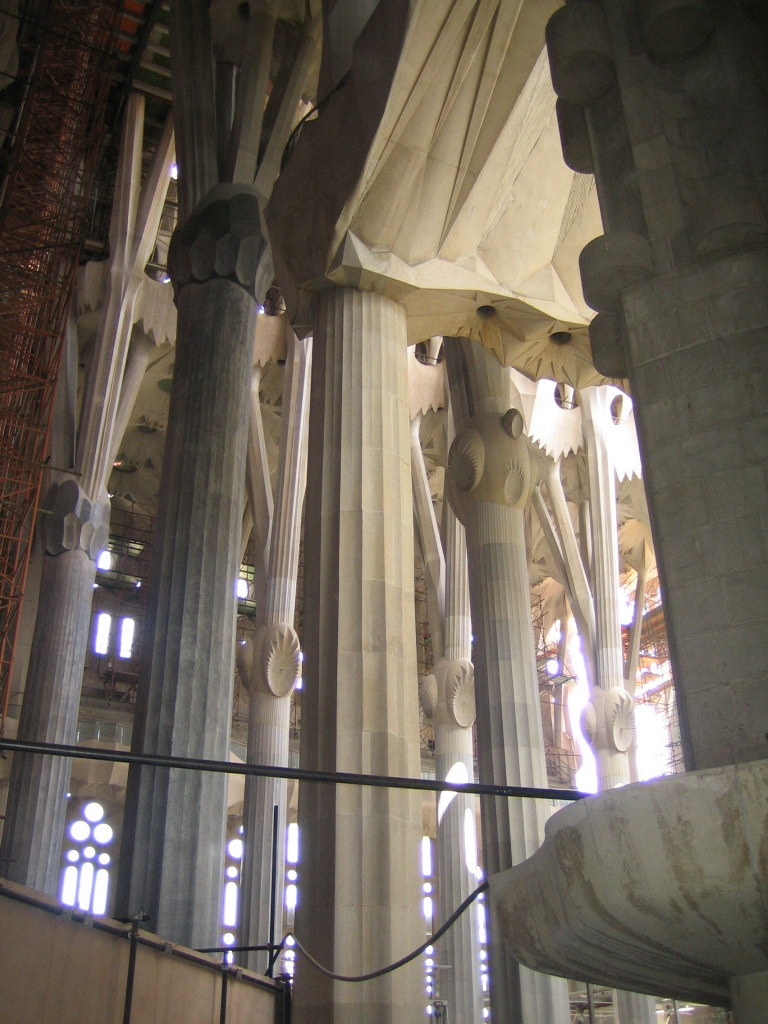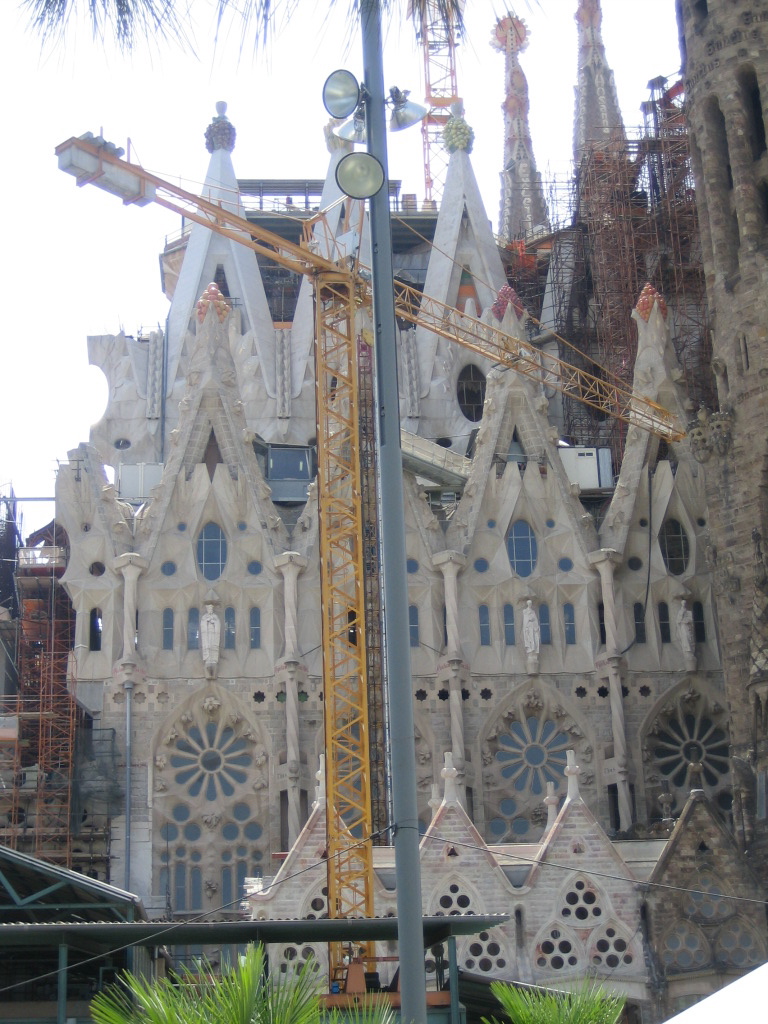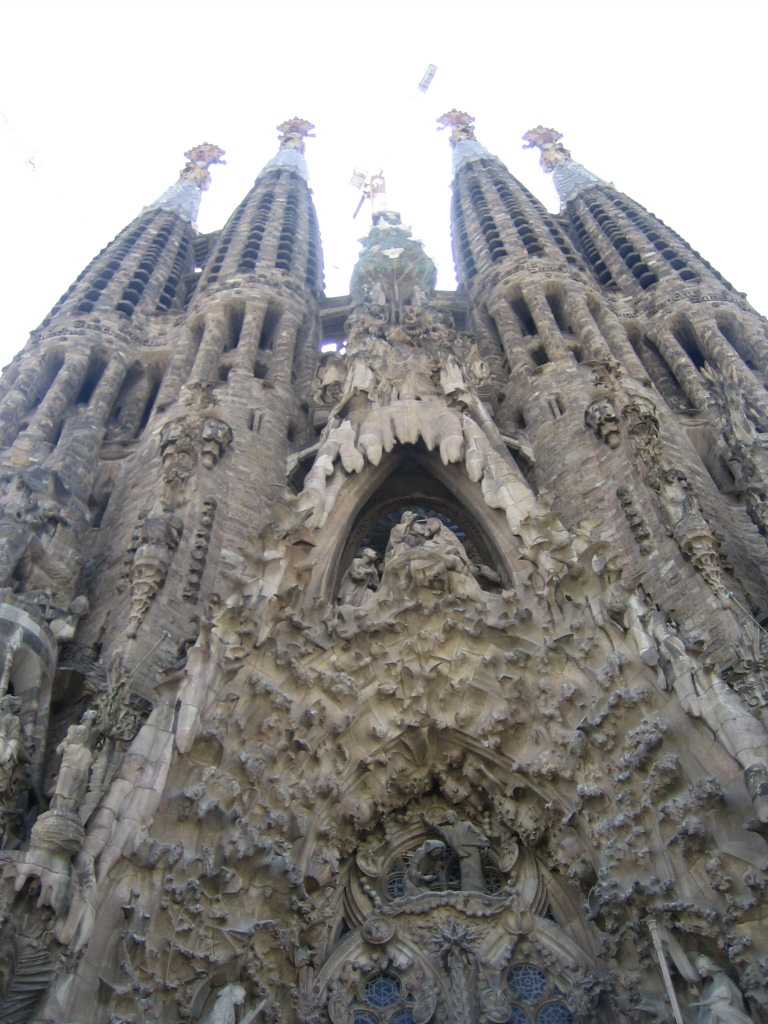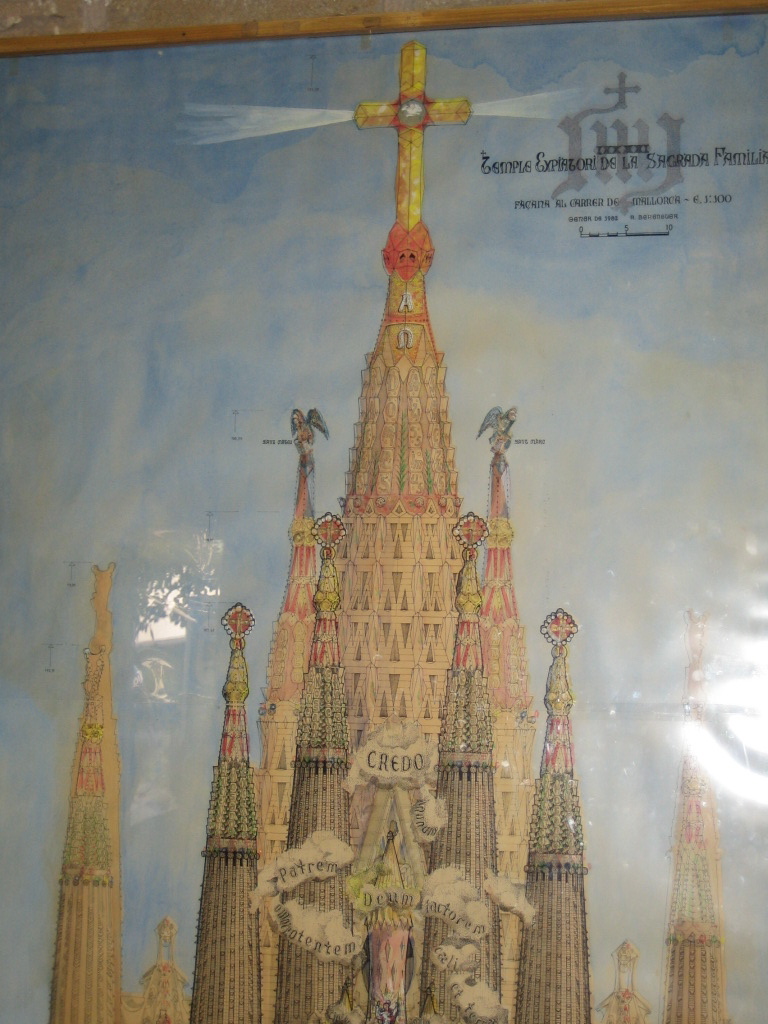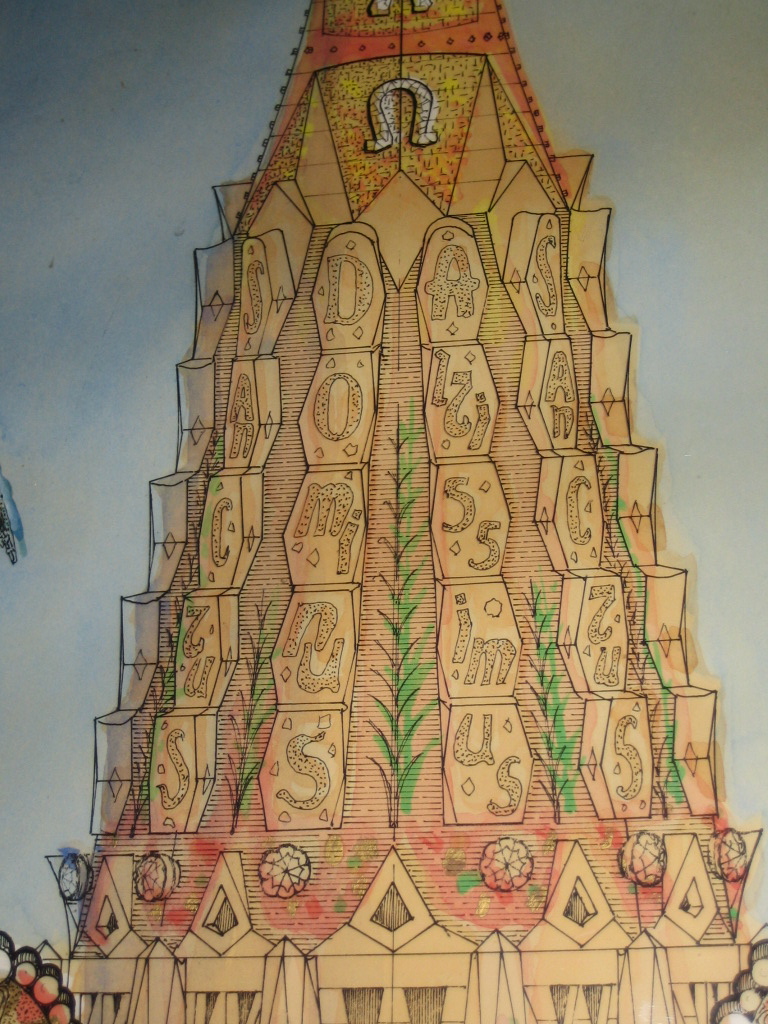Mark Dominus (陶敏修)
mjd@pobox.com

Archive:
| 2025: | JFMAMJ |
| JAS | |
| 2024: | JFMAMJ |
| JASOND | |
| 2023: | JFMAMJ |
| JASOND | |
| 2022: | JFMAMJ |
| JASOND | |
| 2021: | JFMAMJ |
| JASOND | |
| 2020: | JFMAMJ |
| JASOND | |
| 2019: | JFMAMJ |
| JASOND | |
| 2018: | JFMAMJ |
| JASOND | |
| 2017: | JFMAMJ |
| JASOND | |
| 2016: | JFMAMJ |
| JASOND | |
| 2015: | JFMAMJ |
| JASOND | |
| 2014: | JFMAMJ |
| JASOND | |
| 2013: | JFMAMJ |
| JASOND | |
| 2012: | JFMAMJ |
| JASOND | |
| 2011: | JFMAMJ |
| JASOND | |
| 2010: | JFMAMJ |
| JASOND | |
| 2009: | JFMAMJ |
| JASOND | |
| 2008: | JFMAMJ |
| JASOND | |
| 2007: | JFMAMJ |
| JASOND | |
| 2006: | JFMAMJ |
| JASOND | |
| 2005: | OND |
Subtopics:
| Mathematics | 245 |
| Programming | 99 |
| Language | 95 |
| Miscellaneous | 75 |
| Book | 50 |
| Tech | 49 |
| Etymology | 35 |
| Haskell | 33 |
| Oops | 30 |
| Unix | 27 |
| Cosmic Call | 25 |
| Math SE | 25 |
| Law | 22 |
| Physics | 21 |
| Perl | 17 |
| Biology | 16 |
| Brain | 15 |
| Calendar | 15 |
| Food | 15 |
Comments disabled
Sun, 19 Mar 2023
Here I am at the Sagrada Família
I just found these pictures I took twenty years ago that I thought I'd lost so now you gotta see them.
Back in 2003 I got to visit Barcelona (thanks, Xavi!) and among other things I did what you're supposed to do and visited la Sagrada Família. This is the giant Art Nouveau church designed by the great architect and designer Antoni Gaudí. It began construction in 1882, and is still in progress; I think they are hoping to have it wrapped up sometime in the next ten years.
When I go to places I often skip the tourist stuff. (I spent a week in Paris once and somehow never once laid eyes on the Eiffel Tower!) I wasn't sure how long I would spend at the Sagrada Família, but it was great. I stayed for hours looking at everything I could.
Sagrada Família is marvelous.
Some of the towers in this picture are topped with enormous heaps and clusters of giant fruits. Fruits!
Gaudí's plan was to have eighteen spires in total. Supposedly there will be twelve big ones like these representing the twelve apostles:
After these, there are four even bigger ones representing the four evangelists. And then one enormous one representing the Virgin Mary, and the biggest one of all for Jesus himself which, when finished, will be the tallest church tower in the world.
In the basement there is a museum about Gaudí's plans, models, and drawings of what he wanted the church to look like.
This is a view of the southeast side of the building where the main entrance is:
Hmm, there seem to be words written on the biggest tower. Let's zoom in and see what they say.
Hee hee, thanks, great-grandpa.
[ Addendum 20230327: I spent some time figuring out which spires were for which disciples. The four in the photograph above are Matthias, Judas (not Iscariot), Simon (the Canaanite, not Simon Peter), and Barnabas. ]
[Other articles in category /art] permanent link



